“Less is more”; we’ve all heard it before. Culturally speaking, though, we’re living in a “more-is-more” manner, more than ever. The popularity of Marie Kondo, the tiny-house movement and even the mental uncluttering of daily meditation indicate our desire for a simpler way of life. In a way, it also underlines the difficulties we have attaining that way of life — we’re literally consuming more in order to learn how to consume less!
For many of us, the circumstances of the past year have made the need for simplicity seem even more urgent. No matter how much room is in your home, chances are it’s starting to feel like not enough. If there was ever a moment in time to consider the physical and psychological space occupied by your possessions, now is most definitely that time. So if you’re inspired to get minimal, check out these declutter tips and organization hints, and get after it.
 Photo by Windows on Unsplash
Photo by Windows on Unsplash
1. Clear your mind and the rest will follow.
Yes, there’s certainly an aesthetic nature to minimalism — less has a look. But that look comes as a result of a lifestyle with so much more to offer. Living minimally is about freeing yourself from needlessness — needless stuff, of course, but also unnecessary concern, stress, expense and consumption (and the waste that inevitably comes with all of it).
With this freedom comes the ability to add other valuable things to your life — peace, happiness, experiences, new stuff (KIDDING!). Physical decluttering and mental decluttering go hand in hand, and so do the positive results. Studies show that sometimes money can buy happiness but only up to a certain point and mostly when you use it to buy experiences instead of stuff. Still, more science demonstrates a clear correlation between overconsumption and depression.
So remember, the process might not be easy at first, but before long, the positive self-reinforcement of purging your life of excess stuff will take over, and a new way of looking at your life, and the things that fill it, will follow. BTW, dogs make you really happy, so don’t tidy the animals.
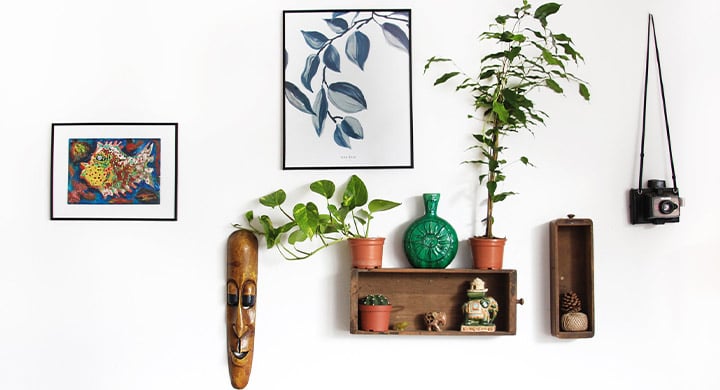 Photo by Manja Vitolic on Unsplash
Photo by Manja Vitolic on Unsplash
2. State your mission of minimalism.
Less is in the eye of the beholder. It’s relative. Maybe your goal is to end up with just 20 important possessions, or maybe you just want your closet clutter free. The point is, your relationship to your stuff is yours alone to define — you, and only you, should define what your version of minimal means. So define it. Literally, write down the goal you’d like to achieve so you can refer to it whenever you need to. It will keep you honest and keep your goal in focus should it ever start to seem overwhelming.
Start with what you want to get out of the process in broad terms. What makes you happy? What are you passionate about? What inspires you? Then, start peeling off the stuff that doesn’t add to those goals.
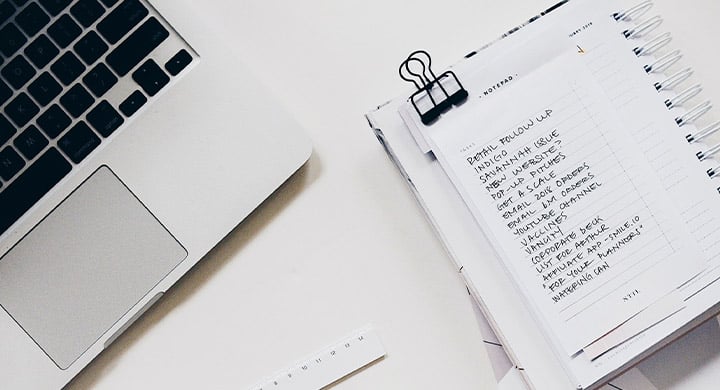 Photo by STIL on Unsplash
Photo by STIL on Unsplash
Break your overarching objective into sub-tasks or even scheduled days. For example, cleaning out a closet might start with doing laundry, then emptying the closet of hanging clothes, then trying things on, etc. — set yourself up for success and satisfaction by giving yourself plenty of boxes to tick off along the way.
Remember, you’re in charge. If you let someone else bully you into this project, you risk turning what should be a positive, uplifting DIY project/growth opportunity into something that feels like a punishment. And that’s definitely not what this is about. If you are looking for tips on modernizing your apartment, we thought of a few.
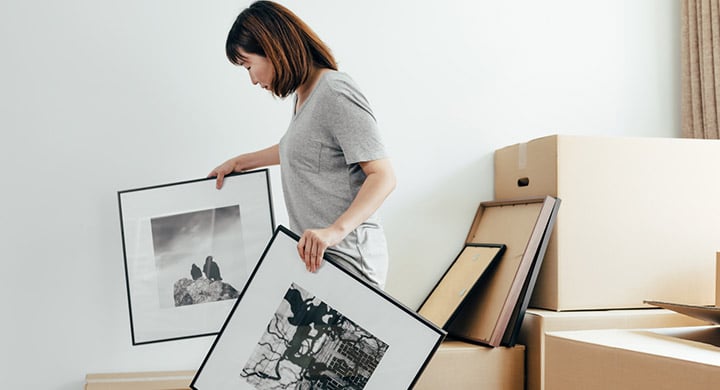
3. Let the decluttering commence!
This is the hard part, right? If getting rid of clutter were easy, the idea of decluttering wouldn’t even exist.
Where to start decluttering? Tackle the obvious stuff first – the stuff you definitely don’t need and have no emotional attachment to. That gnarl of random HDMI cables, ethernet cables, coaxial cables and power cords, for example. If they’re in a gnarl to begin with, it means you likely don’t use them or have more than you need. Go through them and throw away the duplicate cords – only keeping what you absolutely need.
After the obvious things, check your personal “hiding spots.” Under the bed, in the back or on top of the closet, high cabinet storage and in junk drawers — places you keep things that you don’t use on the daily. Some of those things will be seasonal, of course — winter sweaters or summer swimsuits. But much of your hidden stuff would just go on hiding from you forever if you didn’t drag it out into the harsh sunlight. If you need help on what is in and out on the kitchen space, we wrote a blog about that.
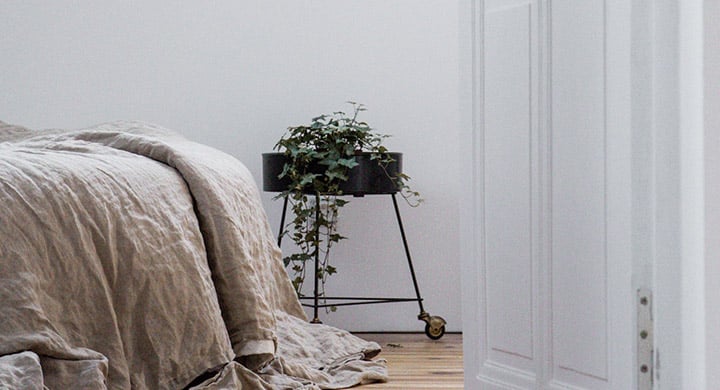 Photo by Storiès on Unsplash
Photo by Storiès on Unsplash
Professional organizers often preach the Six-Month Rule1: If you haven’t used it in six months, chances are you won’t. If you feel the need to be more liberal, change it to the “One-Year Rule.” The point is, keeping something just in case is a lie we tell ourselves. “Just in case” never really happens.
After you’ve explored your hiding spots and hopefully thinned them out a bit, use them as a testing ground for other things. Take stuff you’re on the fence about and stash it away in a hiding spot for six months (or a full year). If you didn’t feel the need to retrieve it, then your instincts were right. It’s time to curb it or take it to the donation bin if that feels better.
Speaking of donation: It’s a great idea. The trick is to actually follow through with it. Know where you’ll be donating prior to starting your project. Know when they’re open, and plan your decluttering to coincide with their hours. The point is to get things out the door before you start second-guessing your decisions and before bags or boxes full of donation items become their own version of clutter purgatory, languishing in your entryway for weeks.
As you proceed and spaces get more clean and organized, remember to keep checking in with yourself — reminding yourself why you’re doing all this and what goals you’re trying to accomplish. Remind yourself that the ends will be well worth the effort.
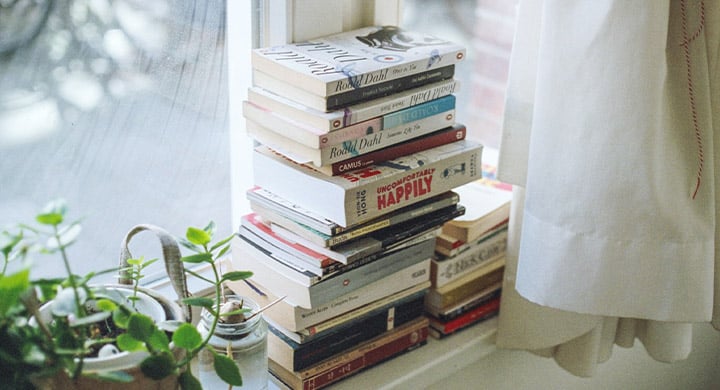 Photo by Florencia Viadana on Unsplash
Photo by Florencia Viadana on Unsplash
4. Do you really need this?
Look, there’s absolutely nothing wrong with simply “wanting” something. Living a more minimal life doesn’t need to be some radical statement about the emptiness of consumer culture. It doesn’t mean you need to live like a monk. But training yourself to constantly ask if you need a thing before acquiring a thing is also a way to examine the act of acquisition itself. What’s motivating it?
Not all shopping is addictive behavior, but a lot of the same triggers can apply. Simple boredom, for example, can lead to needless buying. Deeper feelings can have an effect, too. Sadness, powerlessness, frustration, loneliness — actually, a lot of the feelings we’ve all been experiencing thanks to the 2020 pandemic can trigger impulsive or even compulsive purchase behavior.
All this is simply to say, before you hit the “purchase” button, just take a moment to check in with yourself. Do you need it? Do you really even want it? Or are you just scratching an itch? If that’s the case, maybe take the money you might’ve spent and put it in your savings account. It’s all just a training exercise to help discourage the habits that lead to clutter and encourage new habits of living with less needless stuff. Decluttering can also help you save money, and we have even more ideas on how to help in that department.
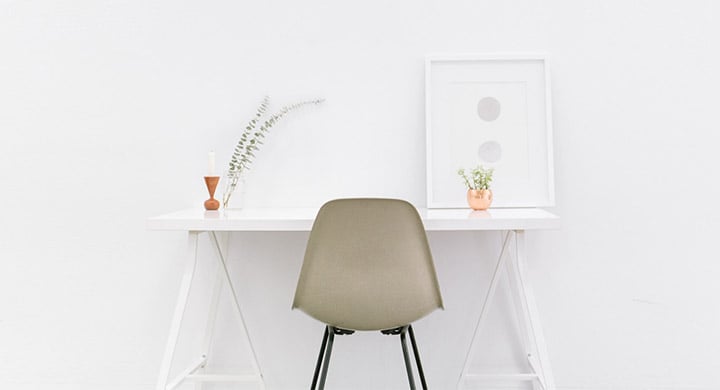 Photo by Bench Accounting on Unsplash
Photo by Bench Accounting on Unsplash
5. “I’m too poor for expensive s#!t”: Choosing quality over quantity.
Sometimes the path to less means spending a little more. The math is fairly simple, but it can feel counterintuitive in the moment. Let’s take shoes, for example. A good, quality pair of well-made shoes could cost a few hundred dollars. For the same price, you could buy several pairs of much cheaper shoes. There’s no right or wrong choice here. Certainly, having several pairs of cheaper shoes satisfies a desire for variety. But investing in quality might actually mean that you spend less in the long run as the more expensive shoes stand up over time and mileage and can more easily be repaired or refurbished. The cheaper shoes, on the other hand, are designed to be worn for maybe a season and trashed after that.
The concept applies to all sorts of things. A Mercedes, for example, is a very expensive car with a reputation for lasting forever and holding its value for a very long time. That doesn’t mean you can afford a Mercedes. It just means that buying a Mercedes may represent a good investment over time.
 Photo by Andrew Neel from Pexels
Photo by Andrew Neel from Pexels
Of course, minimalism isn’t necessarily the same thing as frugality or good value, but the concepts are closely related. If you want to lead a less-cluttered life, you need fewer things. And when you have fewer things, it pays off in the long run if those things last. Those things might be more expensive in the moment, but their cost will amortize over the longer time you use them, and the waste those things create will be minimal as well.
It’s a trade-off, for certain. And you’ll need to make the choices that feel right for you. Just keep in mind: Spending more on one of something that lasts can be better than spending less on 10 things that won’t.
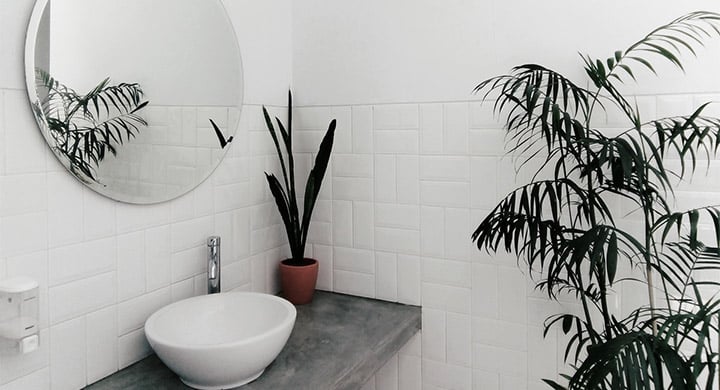 Photo by intan Indiastuti on Unsplash
Photo by intan Indiastuti on Unsplash
6. Repeat.
Decluttering is a task, but minimalism is a lifestyle — it’s a set of habits that need to be reinforced with practice and exercise over time. So when you’re finished, start all over again from the top.
Reset your mind, set some goals, purge and keep practicing smart, intentional purchase decisions.
The good news is that each time you repeat the cycle and reinforce minimalist practices, it should become easier and more automatic. Before you know it, not only will you have achieved your living goals, but you’ll also be living in a way that maintains those goals for life.
 Photo by Mathilde Langevin on Unsplash
Photo by Mathilde Langevin on Unsplash
7. Protect what you’ve got (a little or a lot).
No matter what your goals are for decluttering, organizing and living with less (even a little less), it’s easy to protect all the things you do have with Toggle® renters insurance.
Toggle® gives you the freedom to cover more or to cover less. Instantly. It’s simple, customizable and it’s 100% you-powered. Basic, Standard and Premium plans give you various amounts of coverage to suit your needs, but no matter which plan you choose, you can tweak your plan as need be. If you’ve got a little more stuff, Toggle On℠ more coverage. If you ever need to dial down the coverage and save some coin, you can Toggle Off℠ optional coverages you don’t need at any time.
It’s coverage you can live with, no matter how much (or how little) stuff you live with.
So, there you have it. Or maybe, “there you don’t have it.” Because now, hopefully, after decluttering and organizing, you’ve got a little less.
For more adulting tips, check out this blog.
1Snappy Living. The Six-Month Clutter Rule. January 2021










